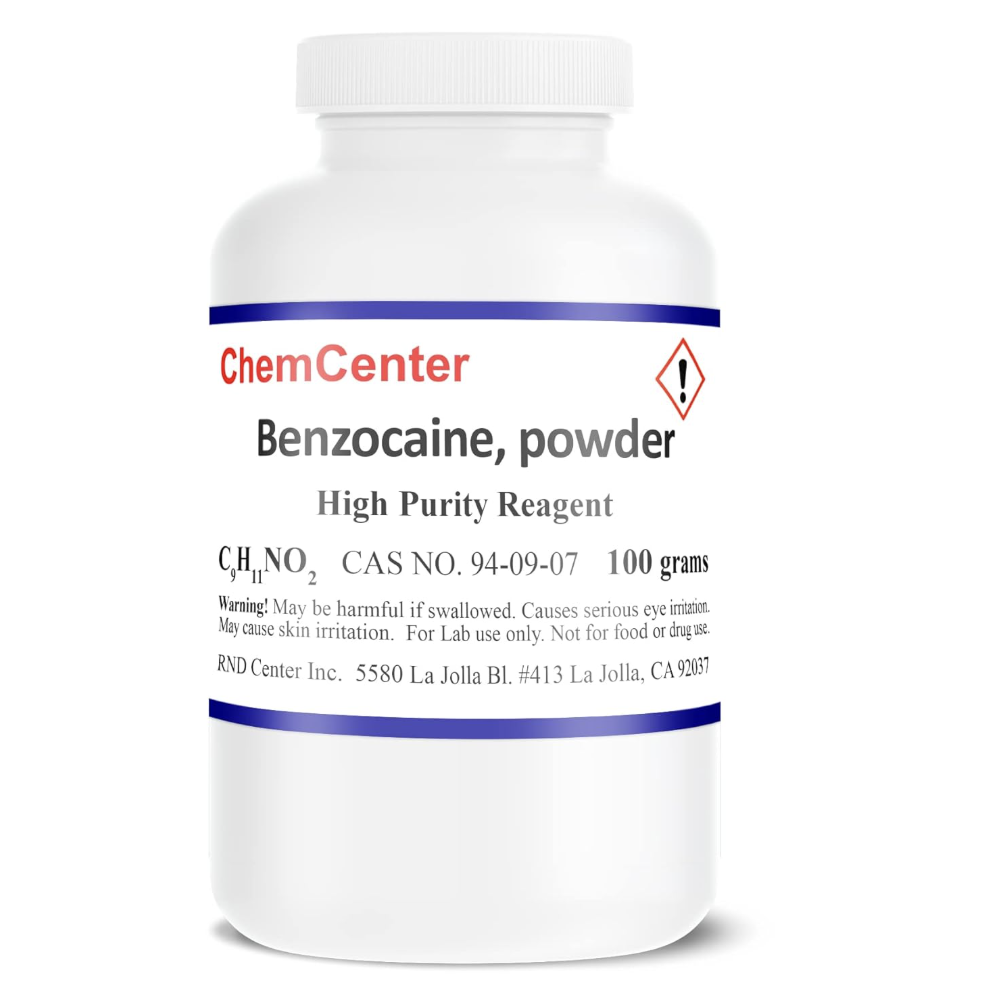[Wrote by ZX VIAL SUPPLIES, CHINA]
If you’re developing a topical analgesic, anesthetic cream, or pharmaceutical product, choosing between Benzocaine and Lidocaine is a critical decision. This choice impacts your product’s efficacy, safety profile, and regulatory pathway. This definitive guide provides an exact, detailed analysis of these two common local anesthetics, empowering you to make the most informed decision for your business and customers.
While both are effective, Lidocaine is generally more potent, versatile, and has a more predictable safety profile for injectable uses. Benzocaine, often used in OTC products, carries a specific and serious risk of methemoglobinemia, especially in pediatric populations. Your choice depends entirely on your application, target market, and risk tolerance.
At a Glance: Key Differences Between Benzocaine and Lidocaine
| Feature | Benzocaine | Lidocaine |
|---|---|---|
| Chemical Class | Ester | Amide |
| Potency | Less Potent | More Potent |
| Onset of Action | Slower (30-60 sec) | Faster (2-5 min) |
| Duration of Action | Short (5-15 min) | Longer (30-60+ min) |
| Primary Safety Risk | Methemoglobinemia | Systemic Toxicity (CNS/Heart) |
| Common Applications | Topical OTC Products | Topical & Injectable Medical Use |
| Allergenic Potential | Higher (PABA metabolite) | Lower |
Deep Dive: Chemical Structure and Metabolism
1. Benzocaine (An Ester anesthetic):
- CAS Number: 94-09-7
- Chemical Name: Ethyl 4-aminobenzoate
- Metabolism: Benzocaine is hydrolyzed in the blood plasma by enzymes called esterases. This process is rapid but produces a metabolite known as PABA (para-aminobenzoic acid), a common allergen.

2. Lidocaine (An Amide anesthetic):
- CAS Number: 137-58-6
- Chemical Name: 2-(diethylamino)-N-(2,6-dimethylphenyl)acetamide
- Metabolism: Lidocaine is metabolized in the liver by the cytochrome P450 enzyme system. This process is slower and does not produce PABA, making it a preferable option for individuals with known ester allergies.
Critical Safety Analysis: What Buyers MUST Know
Benzocaine’s #1 Risk: Methemoglobinemia
This is a potentially fatal condition where the blood’s ability to carry oxygen is severely reduced. Benzocaine is the most common cause of drug-induced methemoglobinemia. The risk is highest in:
- Infants and children (e.g., from teething gels).
- Patients with certain genetic predispositions.
- With high doses or prolonged use.
The U.S. FDA has issued strong warnings against using benzocaine in children under two.
Lidocaine’s #1 Risk: Systemic Toxicity
Overdose or improper injection of lidocaine can lead to systemic effects, primarily:
- Central Nervous System (CNS) Effects: Dizziness, tremors, seizures.
- Cardiovascular Effects: Low blood pressure, slowed heart rate, cardiac arrest.
This risk is managed through strict dosing protocols and the use of vasoconstrictors like epinephrine to slow absorption.
Application Guide: Which One Should You Choose?
Use Benzocaine For:
- Superficial, Short-Term Topical Numbing: OTC products for minor cuts, scrapes, sunburn, and insect bites.
- Mucosal Applications: Throat lozenges and sprays for coughs and sore throats.
- Low-Cost OTC Formulations: Where cost is a primary driver and application is strictly topical and limited.
Use Lidocaine For:
- Deeper, Longer-Lasting Pain Relief: Both topical (creams, patches) and injectable applications (dental work, minor surgery).
- Professional Medical Products: Where reliability, faster onset, and longer duration are critical.
- Formulations for Sensitive Populations: As a safer alternative for those with PABA allergies or when formulating for pediatric use (with extreme caution and professional guidance).
FAQ: Answering Top Questions
Q1: Which is stronger, benzocaine or lidocaine?
A: Lidocaine is significantly more potent. Effective concentrations are telling: Lidocaine is typically used at 2-5%, while Benzocaine requires 5-20% for a similar effect.
Q2: Why is benzocaine banned?
A: It is not outright banned, but its use is heavily restricted in many countries, especially in teething products for infants and young children, due to its strong link to methemoglobinemia.
Q3: Can I use lidocaine if I’m allergic to benzocaine?
A: Yes, in most cases. Allergy to Benzocaine (an ester) is usually due to PABA. Since Lidocaine is an amide and not metabolized to PABA, it is generally a safe alternative. However, always consult a medical professional.
Q4: Which is better for toothache?
A: For temporary, OTC relief, both are used. However, for professional treatment, dentists almost exclusively use injectable lidocaine because it provides deeper, longer-lasting, and more reliable numbness.
Conclusion and Call to Action
Choosing between Benzocaine and Lidocaine is not a matter of which is “better,” but which is safer and more effective for your specific application.
For OTC, surface-level formulations where cost is key, Benzocaine remains an option, but must be marketed with stringent safety warnings.
For professional, reliable, and versatile numbing requiring deeper penetration or injection, Lidocaine is the industry standard.
Still unsure which API is right for your next product formulation?
Contact us(what’s app: +86 18702759822) for a side-by-side analysis of specifications, regulatory considerations, and formulation tips.
Contact our technical experts today for a confidential consultation. We provide high-purity, pharmaceutical-grade Benzocaine and Lidocaine API, complete with comprehensive Certificates of Analysis (CoA) and full regulatory support.
[Contact Us for a Quote and Sample]
